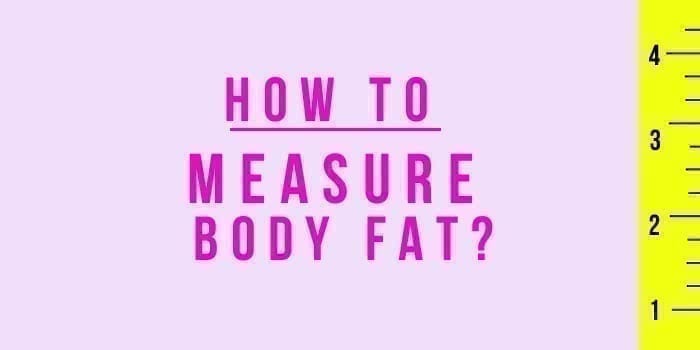Body fat. It’s not exactly a fun topic but knowing your body fat percentage — even if you’re slim — is important for your health. That’s because having a high amount of body fat is linked with several diseases, including heart disease, type 2 diabetes, high blood pressure and stroke, according to the American Council on Exercise (ACE).
Once you know your number, you can work on setting a realistic goal for lowering your body fat percentage if it’s high. The good news: Lowering your body fat percentage by a mere 10% can have a big impact on your health, improving your blood pressure, blood sugar, and cholesterol levels, while boosting your energy and confidence. Talk about a win-win.
But how to measure body fat? There are several ways, from the simple to the complicated. Here are a few to consider:
Skin calipers. Personal trainers often use this tool, which is fairly accurate when done right. It requires pinching and measuring the skin from the several areas on your body using calipers. In women, these areas are the triceps, thighs, and suprailium (located on the torso above the hip bone). After the measurements are taken, your trainer or health professional will add up the numbers and use them in an equation that calculates your body fat.
READ MORE: What Is a Healthy Weight For Me?
Bioelectrical impedance analysis (BIA). With this method, electrodes are attached to several spots on your body, and then an electrical current is sent throughout your entire body to assess body fat composition. It may sound a bit scary and shocking (literally), but BIA is non-invasive and doesn’t hurt.
Here’s how it works: Electrical currents flow more easily through water so parts of your body that are mostly made up of water—namely, muscle, blood and urine—put up little resistance to the current. Fat, on the other hand, puts up more resistance. The strength and speed of the current is measured, and that information, along with your weight, height and sex predict how much body fat you have. There are scales that you can buy for home use that use bioelectrical impedance to analyze body fat.
Other high-tech machines. If you really want to go the extra mile, there are several high-tech methods: hydrostatic underwater weighing (you’re weighed on land and then underwater; unlike muscle, fat is more buoyant in water, so if you have more body fat, you’ll weigh less underwater); dual X-ray energy absorptiometry, or DEXA (low-dose X-rays scan your body to see how much body fat, lean mass and bone you have), and BOD POD (a futuristic-looking device you sit in, which uses air to measure body volume). As you can imagine, all of these machines are expensive and are typically found at exercise science labs and hospitals. Alas, they’re more precise than other methods, such as skin calipers, that you’re apt to find at your local gym or doctor’s office.
All in all, the most important thing to remember is measuring body fat should be done by an experienced personal trainer or health professional for accurate results.




































